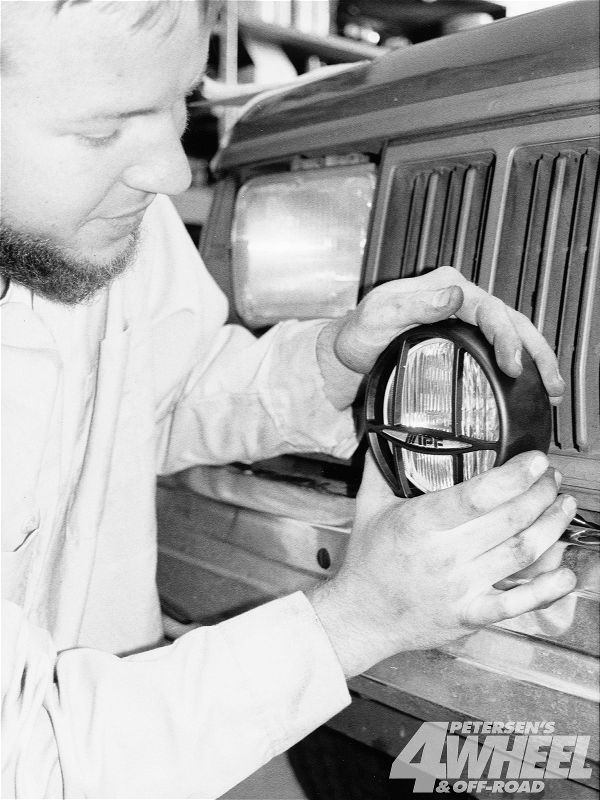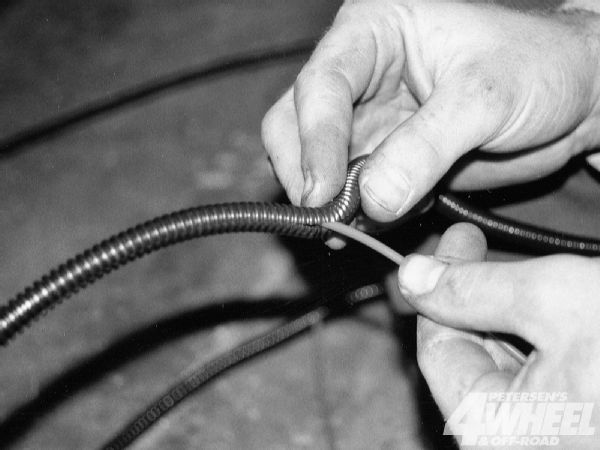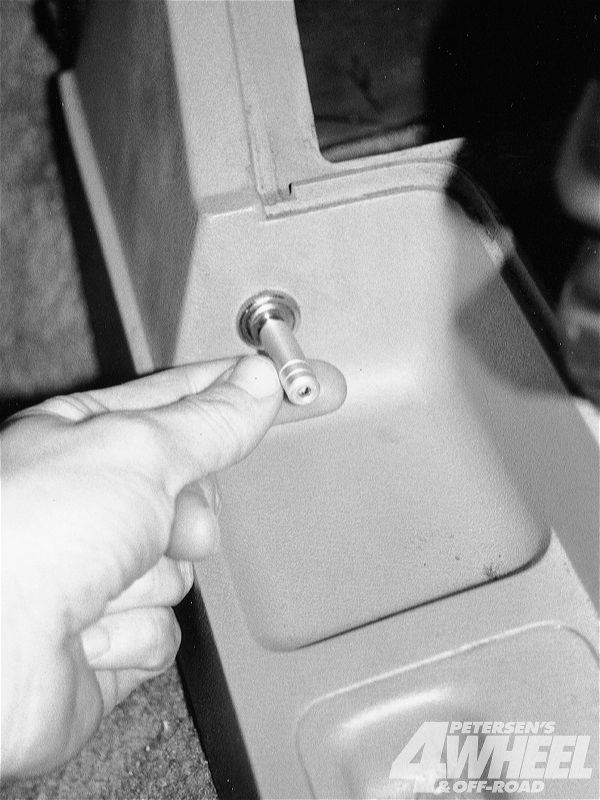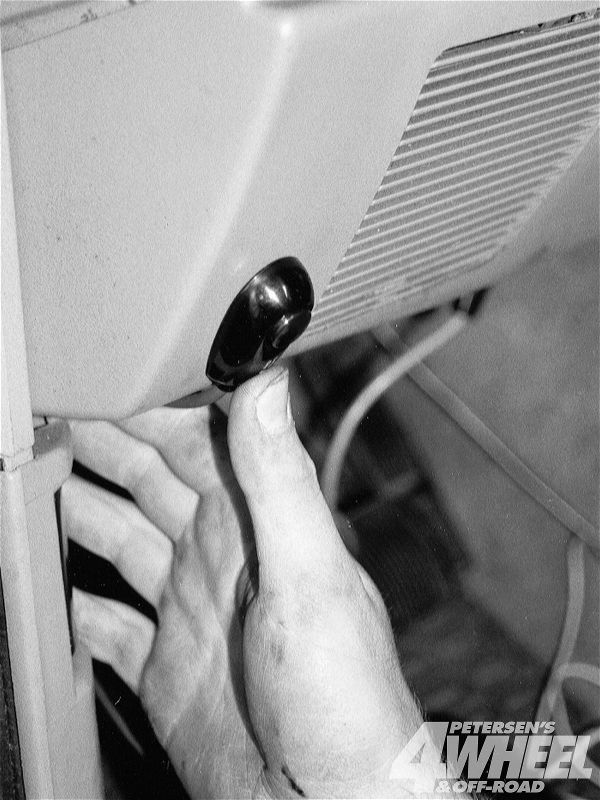
Never heard of IPF lights before? That's not surprising. But we imagine you've heard of ARB, so don't feel like you're totally out of the groove. IPF has been around for nearly 40 years, making OE headlights for Mazdas, Toyotas, and Subarus in Japan and aftermarket lights worldwide for about half that time. Meanwhile, ARB is a name synonymous with air lockers and air compressors. So what does any of this have to do with anything? Well, ARB, which has been selling IPF lights in Australia for a decade, is now posed to light up the U.S.

But lights are lights, right? Yes, they do all have the same function, but execution is where they differ. IPF is one of the top brands in performance lighting. Therefore, if you're just looking to spice up your truck with some off-road flavoring, you'd probably be better off saving some greens and choosing cheaper brightness. However, if it's function you're after, here are the ones for you.
Among the ways IPF lights differ from other aftermarket brands is that all the rivets are made of stainless steel, there's an internal gusset within the metal lights for strength (the plastic ones are molded one-piece), most of the screws are stainless steel, the connectors are weatherproof, and there's a snap-together wiring loom-no special tools, fittings, or wire crimpers are needed for installation. Hmmm... If you live in a weather-heavy area such as New Jersey or Canada where corrosion is an ongoing battle, and you aren't wiring-friendly, this might be your lucky day.
 Put conduit on the wiring for protection as well as for a clean underhood appearance.
Put conduit on the wiring for protection as well as for a clean underhood appearance.
If you're not shopping around for additional lights, but your current headlights are fairly weak, ARB also carries headlamp replacements, as well as a high-performance wiring looms, which reduce electrical resistance for even brighter lights.
Watt Are You Saying?
Many of the IPF lights feature J-beam technology, which means the bulbs have a high-pressure, xenon halogen gas that delivers a much more intense light than other designs of the same power rating. The J-01 pulls 55 watts but delivers the equivalent of 85 watts, while the ZE-1 has a 55-watt bulb that puts out 110 watts. The 610 and 630 are 55s and give you 50 percent more brightness. However, the 200 is slightly different, with a 70-watt bulb and 100-watt equivalent output.
 Your Lights Are On
Your Lights Are OnWhat Each Light Does A driving-style light doesn't give you the range of a spotlight, but it does light up the road directly in front of you and somewhat to the side. The IPF-pioneered hybrid light (the J-01) has more cuts in the lens, which means the range isn't as far as the driving light, but you gain peripheral lighting. A foglight works best as a low-beam supplement because its beam is very broad and flat, so it lights up all around you but only about 200 feet in front of you; fogs typically don't emit light over their own centerline. There's not too much range, but its use should be for poor visibility rather than for distance. A floodlight or backup lamp is used on the back of the vehicle for seeing, loading, or trailering when you need a flood of light. Its beam doesn't go far, but it will light up a large local area.
Tips for Installation
These come courtesy of Mark Hinkley and the guys at Off Road General Store, a distributor of IPF lights.
•Disconnect the battery before you begin.
•Make sure you install the relay where it will clear the hood.
•Scrape away paint so you can get the best ground for the ground wire.
•Zip-tie the IPF wiring to another wire or hose for cleaner routing.
•Although the directions say to connect the lights to the headlight, you can connect them to an auxiliary switch. However, constant power will go to the fusebox if it is used as the auxiliary power, which is likely to drain the battery.
Sucking The Life
You might be wondering what those additional lights are going to do to your alternator. A way to get very close to the actual amperage draw is to divide the wattage of the light by the voltage of your vehicle. Let's say you have a 65-amp alternator. The amp draw for a standard 60-watt headlight on a 12-volt vehicle is 5 amps. Let's use the same formula for the 900 DDCS driving lights. Each bulb is a 130-watter, and you're going to need two. You'd multiply 130 by 2 and get 260, then divide 260 by 12 volts, and you'd know it's a 22-amp draw. Therefore, one-third of your 65-amp alternator would be drawn to power up the lights. But before you bolt-in a high-output alternator, consider how often you're going to use the lights. In the case of the 900s, they work with your high beams, which you may not use that often, so the alternator you have should suffice. But if you're running through the desert with your high beams on, your air conditioning at full icicle, and the stereo cranking, you'll drain the battery. Your alternator should be able to handle the deed, but if you want to step up for peace of mind, Powermaster can make it happen.
 The switch that goes inside the vehicle looks like a miniature computer mouse. It has an adhesive backing and an LED to let you know when it's on or off.
PhotosView Slideshow
The switch that goes inside the vehicle looks like a miniature computer mouse. It has an adhesive backing and an LED to let you know when it's on or off.
PhotosView Slideshow








